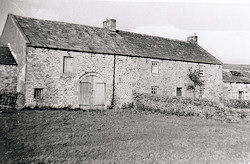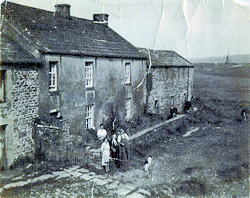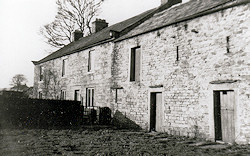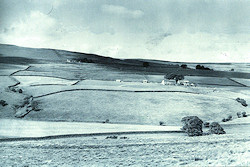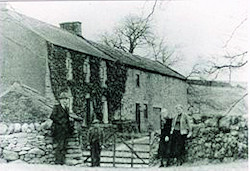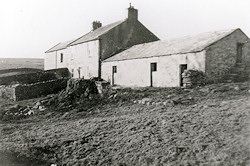
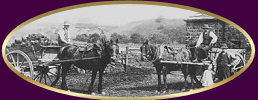
More About The Lunedale Reservoirs
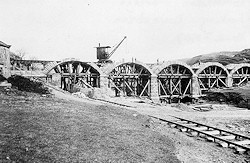
The Lune valley lost up to a quarter of its homes and families to make way for the reservoirs.
The building of Grassholme and Selset reservoirs, to provide for the growing demand for water in the lower Tees Valley, destroyed some of the most productive land and up to 14 farmsteads and dwellings in Lunedale and Kelton. The meadows and some of the farmsteads were submerged, other properties were demolished or abandoned and many people were forced through compulsory purchase to move away from the dale as their livelihoods were removed at a stroke.
Grassholme reservoir was constructed in the years immediately before the First World War, and a higher and longer bridge built to span the flooded plain. In times of low rainfall, when Grassholme reservoir is much depleted, the old bridge over the original channel of the River Lune re-emerges. There was a mill near this point; it was demolished to make way for the new Grassholme Bridge.
According to the 1891 census there were six dwellings at Grassholme, housing 24 people. A further farmstead, East Close, shown in the 1881 census as being 14 acres, may have been abandoned because its meadows were flooded. It ceased to be inhabited some time after 1891 when that census shows six people living there. Following the construction of the reservoir two farmsteads were rebuilt higher up the valley side; these are the current properties at Grassholme and Low Selset.
Selset reservoir was constructed in the latter half of the 1950s. The farms which were submerged or became non-viable because of this, were Blake House. Low Wemmergill, Turnerholme, Thwaites, Bink House, Three Chimneys, The Slack and two dwellings at High Selset.
Regrettably the reservoirs brought no discernable advantages to Lunedale residents; everyone remained on private water supplies. Selset's construction may have hastened the arrival of mains electricity by a year or so, but the resultant depopulation was the final nail in the school's coffin; it closed in 1958. Read what happened next for Carlbeck School.
The Lost Farms of Lunedale
Click on the images to see larger versions or click Here to view all images relating to Grassholme and Selset Reservoirs.
Bink House.
The family in the photo are called walton. They were the last people to live at Bink House before it went under Selset reservoir.
The first digging machine is visible in the background. It was bought and used by the late ian Hutchinson of Mickleton.
High Selset.
Both dwellings were demolished. They were situated to the left of the road which now leads down to Selset dam.
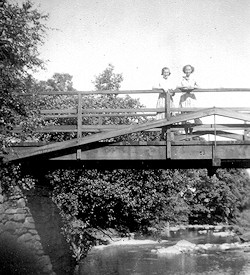
Smiddyholme Bridge.
This bridge over the River Lune, west of Low Wemmergill, gave access to a meadow on the south side of the river. Perhaps it wasn't the best meadow land but it was full of lovely wild flowers beforethe reservoir flooded the area.
Click Here to view all images relating to Grassholme and Selset Reservoirs.
